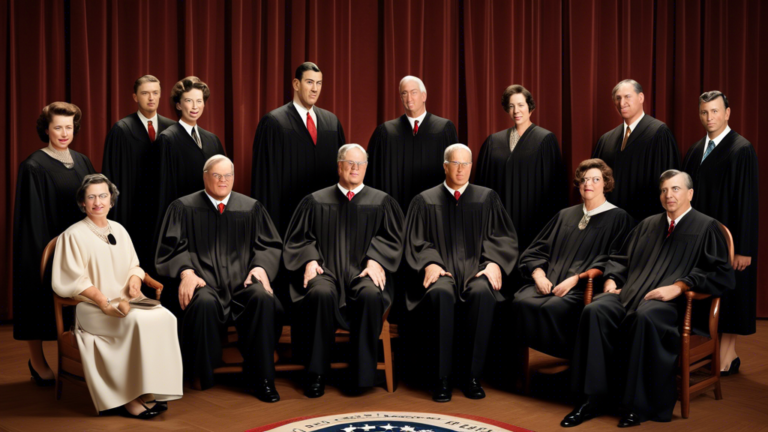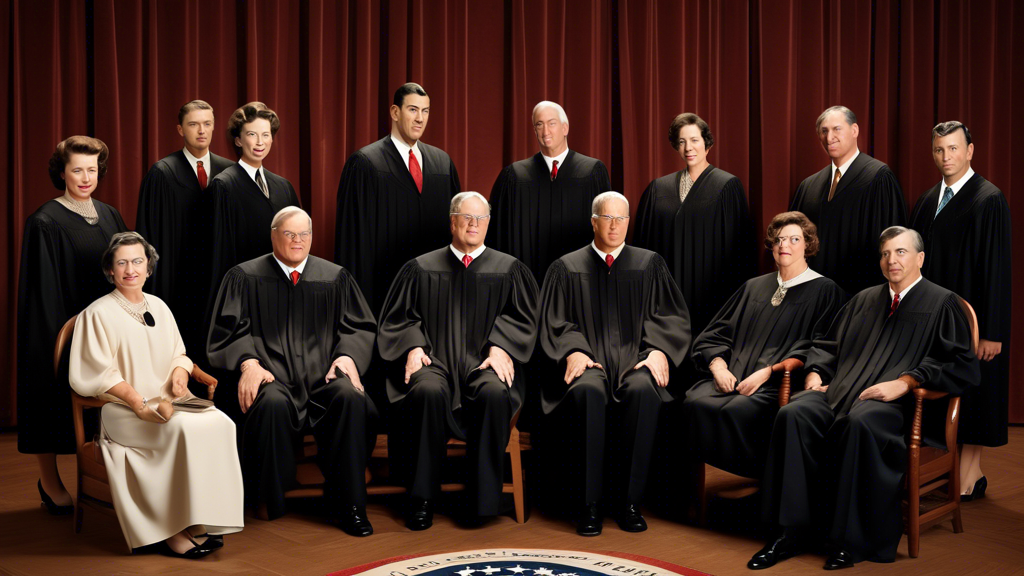

Significant Events in Supreme Court History: October 5, 1953
On October 5, 1953, a pivotal event in the history of the United States Supreme Court took place: Earl Warren was sworn in as the Chief Justice. This marked not only the beginning of his esteemed tenure but also signaled a transformative era for the judicial branch of the government.
Chief Justice Earl Warren
Warren’s appointment to the Supreme Court was a significant milestone. Previously the Governor of California, he was nominated by President Dwight D. Eisenhower. On this day, as he took the oath of office, he assumed the reins of a Court that would embark on a series of landmark legal decisions shaping the social and legal landscape of America.
Historical Context
The early 1950s were a period marked by significant tension and change across the nation. The civil rights movement was beginning to gain momentum, as Americans increasingly sought equality and justice. Warren’s leadership would be pivotal during these turbulent times, steering the Court through cases that would alter the fabric of American society.
Legacy of Earl Warren
While this article does not delve deeply into the full spectrum of Warren’s legacy, it serves as a reminder of the far-reaching impact his leadership would have. Notably, under his guidance, the Court ruled on cases such as Brown v. Board of Education, which declared racial segregation in public schools unconstitutional. Warren’s commitment to civil rights and social justice through judicial rulings established a standard for the role of the Supreme Court in American democracy.
In summary, October 5, 1953, marks a significant date in Supreme Court history as it ushered in the Earl Warren era. His leadership would not only impact legal precedents but also reflect and influence the broader social changes occurring across the country.